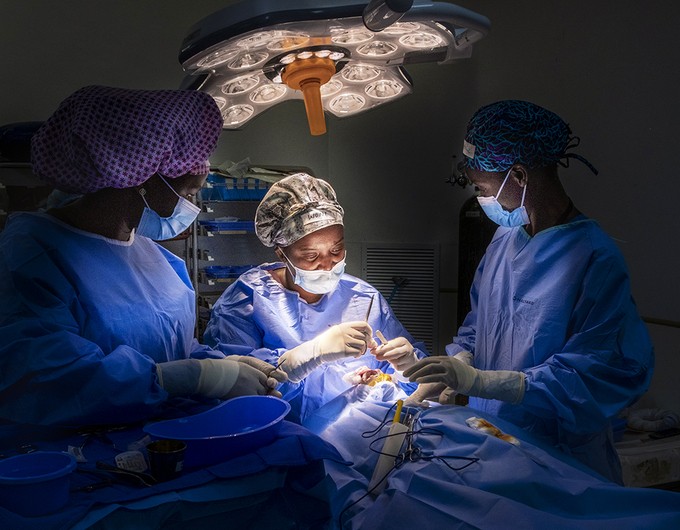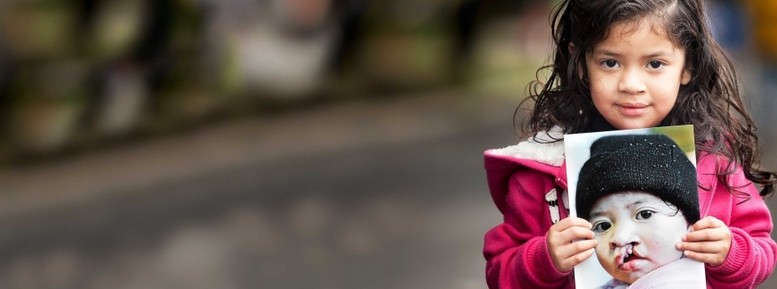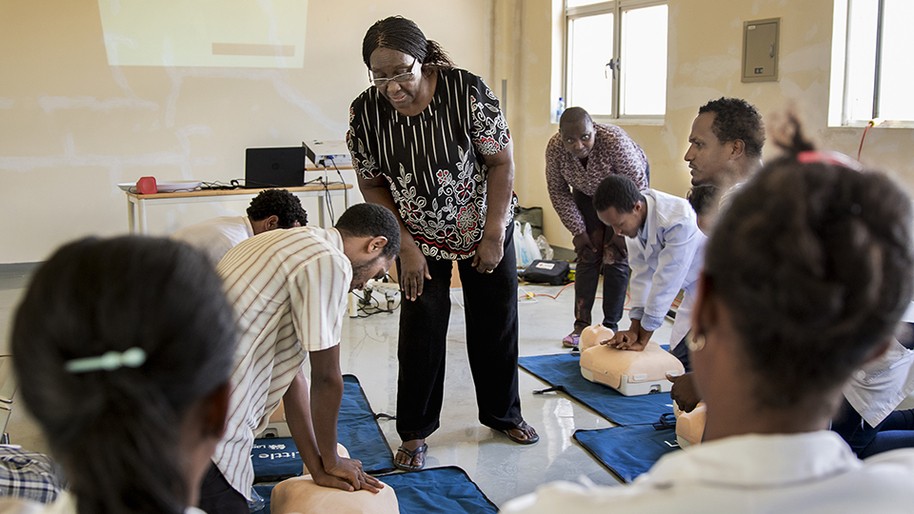
Operation Smile’s Medical Global Standards requires that all nursing volunteers are certified in Basic Life Support (BLS), a course which teaches the fundamentals of cardiopulmonary resuscitation (CPR).
That standard exists for good reason — cardiovascular disease is the leading cause of death worldwide, killing more than 17 million people every year. According to the American Heart Association (AHA), for every minute CPR is delayed to a victim of cardiac arrest, his or her chances of survival decreases by 10 percent.
In many low- and middle-income countries, including Ethiopia, knowledge of these life-saving skills is not widespread — even among medical professionals. In response to this dire educational need, Operation Smile is committed to offering AHA training programs in the countries where it works. These life-saving certifications not only improve patient safety at our surgical program sites, but also strengthen health systems in the trainees’ communities for the long term.
The impact of these programs is immense. Of students surveyed who completed Operation Smile AHA courses, 84.4 percent of respondents said that principles taught in their courses changed policies or procedures in their home countries or hospitals. An even greater majority of respondents, 96.5 percent, said that the courses changed how they reacted to an emergency situation.
More than 84 percent said they have already used skills learned in the courses to save a life.
We recently caught up with longtime Operation Smile nursing volunteer Florence Mangula of Kenya about her experiences both as a student and instructor of BLS and Pediatric Advanced Life Support (PALS) courses. Affectionately called “Mama Africa” by the Operation Smile medical volunteer community, the intensive care unit nurse has become a fixture in spreading this life-saving knowledge throughout Sub-Saharan Africa.
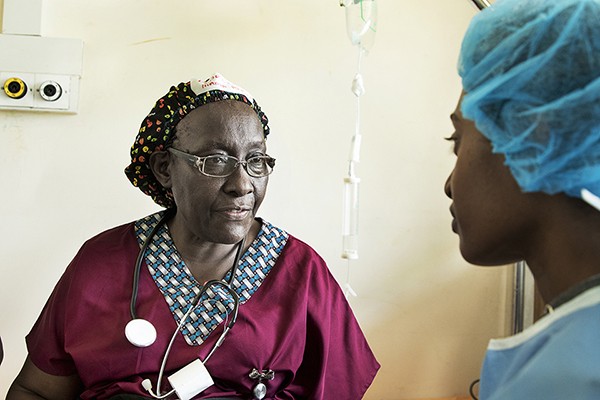
Q: What inspired you to become a nurse?
A: As a young girl, I used to get recurrent tonsillitis. I was afraid of injections, so my mother would have to force me to go to the nearest health center for treatment. Every time I went, I saw a nurse in a clean white uniform, shoes, cap and dress. I was fascinated by her elegant walk, confidence and the passion she had for her work. She would greet me with a smile and say, “My sweet pie, sorry you are back!” As I grew older, I kept telling myself that I want to be like that nurse — compassionate with a caring attitude and empathy for human beings. She would always say, “I’m sorry, but want you to be well.” To this day, I walk with my head up, with confidence, and treat my clients with care and compassion. I love this! Thanks to her for being a role model of good nursing, for I think I have also inspired many others to become nurses.
Q: What kind of experience did you have with BLS/PALS before receiving training from Operation Smile?
A: I’m an ICU nurse and I thought all nurses were trained in emergency life-saving techniques and CPR. When I received training from Operation Smile, I realized many nurses in my region didn’t have those skills — many feared to tend to emergencies and feared to take the course, which I found disappointing. I’m thankful that Operation Smile offers training in both BLS and PALS, as anyone who completes these trainings can save lives in their communities.
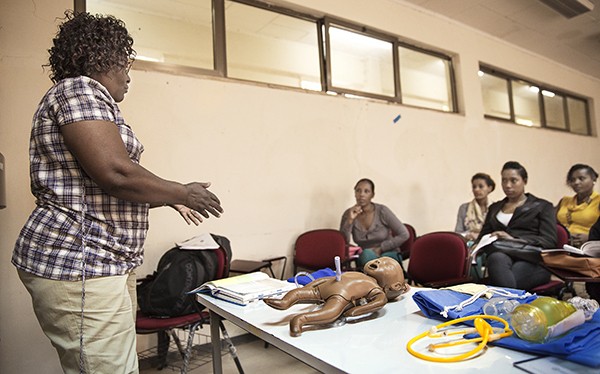
Q: As a student, what did it mean to you to learn these skills?
A: I learned these skills to improve my performance and become more competent in CPR. In fact, the PALS training was of great help. It stimulated my critical thinking and made me evaluate the care I gave to my clients, as it involves equipment, drug administration and team dynamics.
Q: How does Operation Smile select its AHA course instructors?
A: Operation Smile’s Global Standards of Care requires students to pass their exams with a score above 84 percent to become certified. Those who score over 92 percent are eligible to become instructors. Also, the student must pass in the skill station, where one is examined on competence. Then, the student must complete “training of trainers” courses to become certified as an instructor.
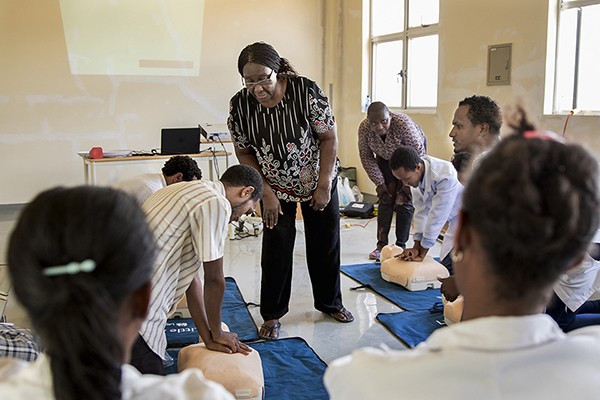
Q: What does it mean to you to teach these skills to fellow health care professionals?
A: I feel obliged and challenged to teach other health care providers. Because the classes are made up of both nurses and doctors, we must meet the needs of all as we work together as a team for the best results. Upon completion of training, each individual will use the skills obtained to save lives and reduce the mortality rate in their clinical areas by performing effective CPR.
Q: How does it feel to be a part of the strengthening of health systems where you teach these programs?
A: I must say, I’m very privileged and honored to be among the team on this movement. I’ve seen nurses who lacked self-confidence step up to become effective team members. In Ethiopia, I’ve seen a nurse change careers to become a doctor, and another nurse enroll for a master’s degree in nursing due to exposure to the program. I feel proud. My appeal is that we can one day reach countries that have not yet been reached.
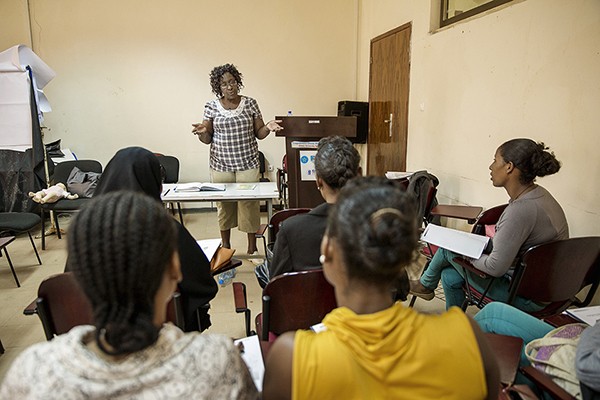
Latest Stories
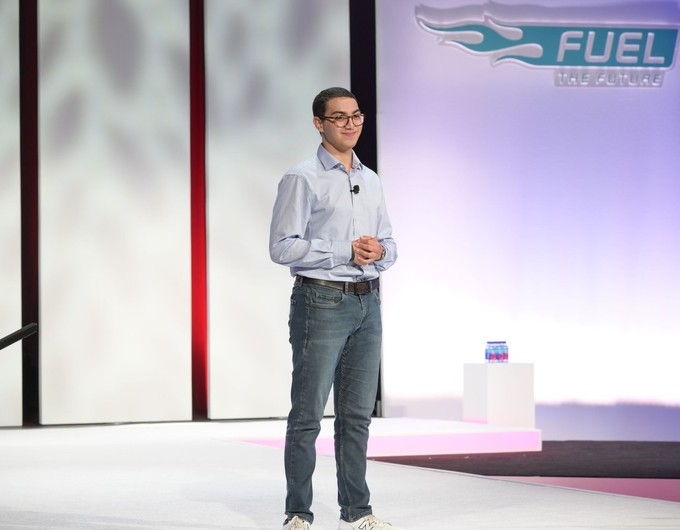
A Former Patient, Aymane Now Shares His Story

What is Operation Smile's Nutrition Program?
